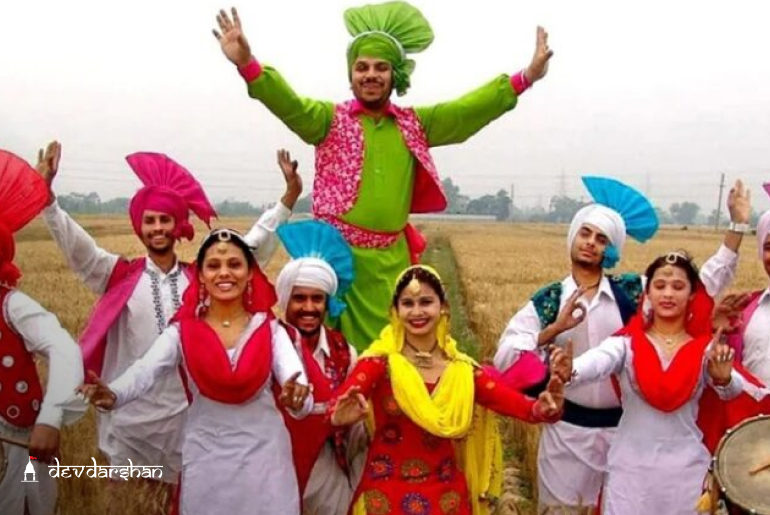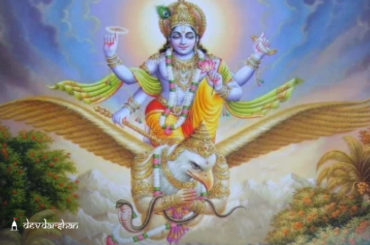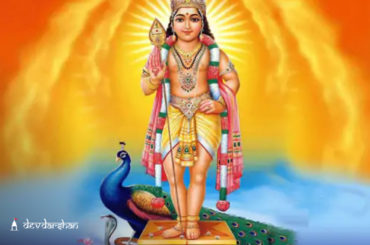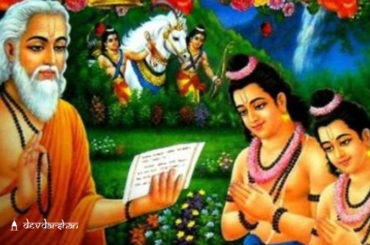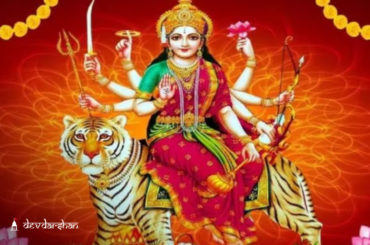Baisakhi, also known as Vaisakhi, is a major festival celebrated by people of the Sikh community, as well as Hindus and Buddhists, especially in the northern regions of India. It falls on April 13 or 14 each year and marks the beginning of the harvest season in Punjab.
For Sikhs, Baisakhi holds special significance as it commemorates the formation of Khalsa Panth, a brotherhood of Saint-Soldiers, by Guru Gobind Singh, the tenth Sikh Guru, in 1699. On this day, Sikhs visit Gurdwaras (Sikh temples), offer prayers and participate in processions. They also perform the Bhangra dance and enjoy special food like sweet rice pudding (kheer) and chapatis made with jaggery and butter.
Apart from being a religious festival, Baisakhi is also a cultural festival in which people dress up in colourful clothes, sing and dance, and celebrate the spirit of community and brotherhood.
So, let’s get to know more about the Date, Rituals and Significance of Baisakhi 2023.
Baisakhi 2023: Date and Timings
This year, Parsuram Jayanti falls on Friday, April 14, 2023
- Vaishakhi Sankranti Moment: 03:12 p.m
Also Know: Mesha Sankranti also falls on the same day, let’s find more
Significance of Baisakhi
Baisakhi or Vaisakhi is a significant festival for various reasons. Astrologically, Baisakhi is important as it starts or commences with Mesha Sankranti which coincides with several regional festivals in India. The festivals that are celebrated across India in different states are
- Pana Sankranti in Odisa,
- Pohela Boishakh in West Bengal
- Bohag Bihu in Assam and Manipur
- Vishu in Kerala and
- Puthandu in Tamilnadu
All these festivals fall on the same day of Baisakhi and celebrate the fervour of harvest season.
So, let’s find some of the key significances of the festival that falls in the month of April are
Harvest Season
Baisakhi marks the beginning of the harvest season in Punjab, which is an agricultural state in northern India. Farmers celebrate the festival to express their gratitude to God for the bountiful crops and pray for a good harvest in the future.
Religious Significance
For Sikhs, Baisakhi is a very important festival as it marks the birth of the Khalsa Panth. On this day, Guru Gobind Singh founded the Khalsa, a community of devout Sikhs who were committed to defending their faith and standing up against injustice. Sikhs celebrate Baisakhi by visiting Gurdwaras, performing Kirtans (Sikh hymns), and participating in processions.
Cultural Significance
Baisakhi is also a cultural festival in which people dress up in traditional clothes, sing and dance and enjoy special food. The festival promotes community and brotherhood and people come together to celebrate the harvest season and the joy of life.
Overall, Baisakhi is a festival that celebrates the spiritual, cultural and agricultural richness of the region and brings people together in a spirit of joy and harmony.
Also Read: Importance of Vaisakh Purnima
How is Vaisakhi Celebrated?
Baisakhi is celebrated with great enthusiasm and joy, especially in the northern regions of India. Here are some of the ways in which Baisakhi is celebrated:
Visiting Gurdwaras: Sikhs visit Gurdwaras, their holy places of worship, to offer prayers and seek blessings from the Guru. The holy book of the Sikhs, the Guru Granth Sahib, is read continuously throughout the day and night.
Processions: Colorful processions are taken out on the day of Baisakhi, with devotees singing hymns, playing music and carrying the Sikh flag, known as Nishan Sahib. The procession is led by five men who represent the Panj Pyaras, the five beloved ones who were initiated by Guru Gobind Singh to form the Khalsa Panth. And, this group of five men (The Panj Pyare) are comprised of Five symbols, that is, Kangha (comb), Kesh (uncut hair), Kara (a steel bangle), Katchera (underwear) and Kirpan (sword).
The Names of the Five Panj Pyare are as follows:
- Bhai Daya Singh
- Bhai Dharam Singh
- Bhai Himmat Singh
- Bhai Muhkam Singh
- Bhai Sahib Singh
Bhangra and Gidda: The festival is also marked by lively folk dances such as Bhangra and Gidda, which are performed by men and women, respectively. These dances are accompanied by drumbeats and other traditional musical instruments.
Special Food: On Baisakhi, people prepare special dishes such as kheer (sweet rice pudding), puri and chole (fried bread with spicy chickpeas) and lassi (a traditional yoghurt-based sweet drink). The food is usually shared with friends and family.
Fairs and Festivities: In many parts of Punjab, fairs are organised on the day of Baisakhi. These fairs have numerous stalls selling food, clothing and handicrafts and offer a festive atmosphere for people to enjoy.
Now, let’s find the religious rituals performed on the day of Baisakhi.
- In the morning, Devotees wake up early and attend special prayer meetings at Gurudwaras.
- In Gurdwaras, the holy book is given a symbolic bath with water and milk.
- The holy book of Sikhs is then placed on its special throne with great care, respect and devotion.
- Following that, it is read out and the followers listen to it carefully.
- Also, on this day, a special holy nectar or Amrit is prepared in an iron vessel, which is then distributed among Devotees after the verses are chanted.
- According to tradition, Devotees sip the Amrit five times in a row to show their reverence to God.
- At noon, after ardas, the sweetened semolina (Karah Prasad) is prepared and offered to the Guru to seek his blessings and distributed to the congregation.
- Finally, it is carried by an arrangement of Langar.
Overall, Baisakhi is a joyous occasion that brings people together in a spirit of celebration, harmony and community.
Check out various Online Puja and services provided by DevDarshan here and get your bookings done in one click. If you want to know more about Indian culture, Indian Temples, Pujas and festivals, then download the DevDarshan App. Don’t forget to share this blog if you liked.

